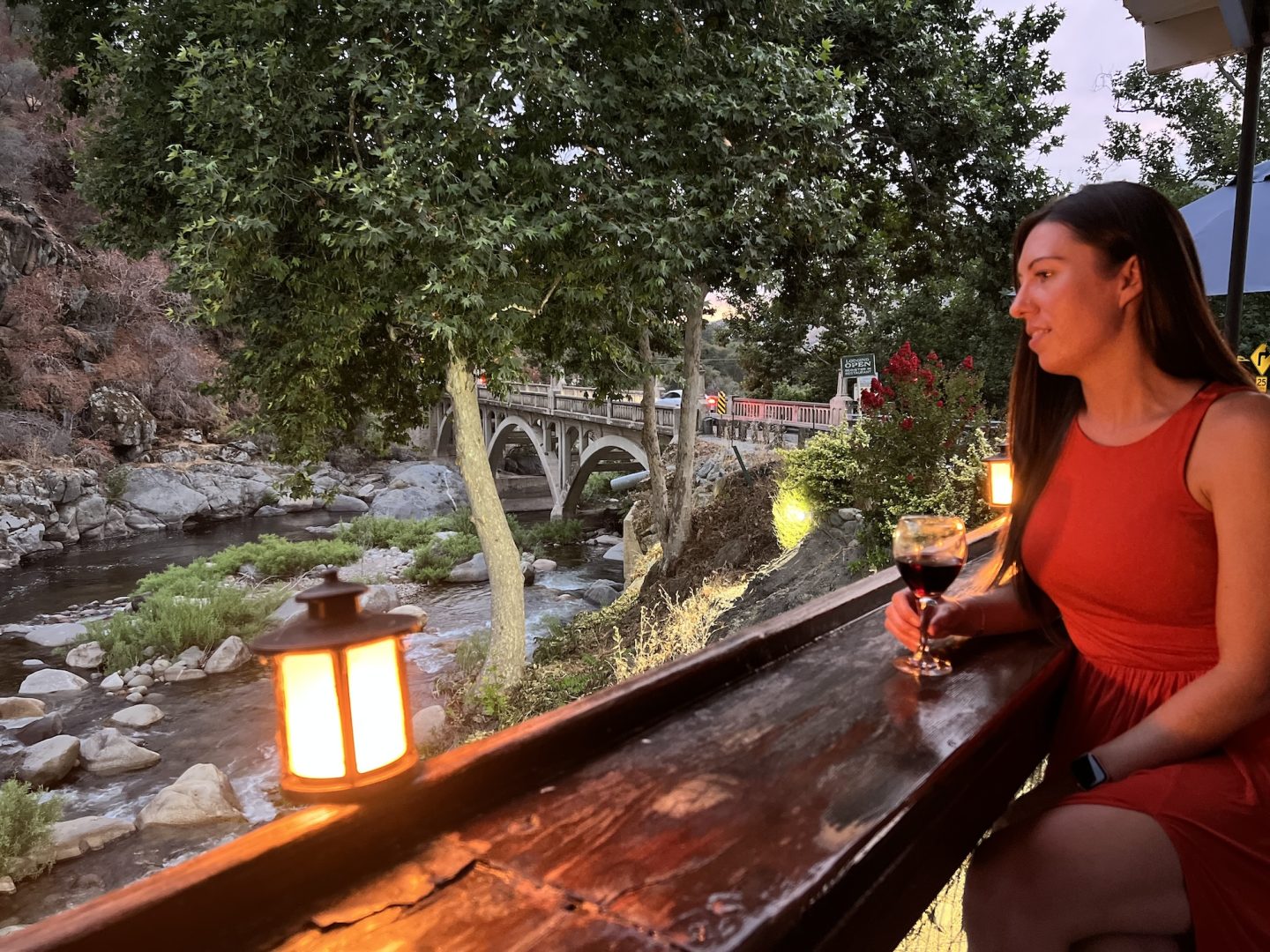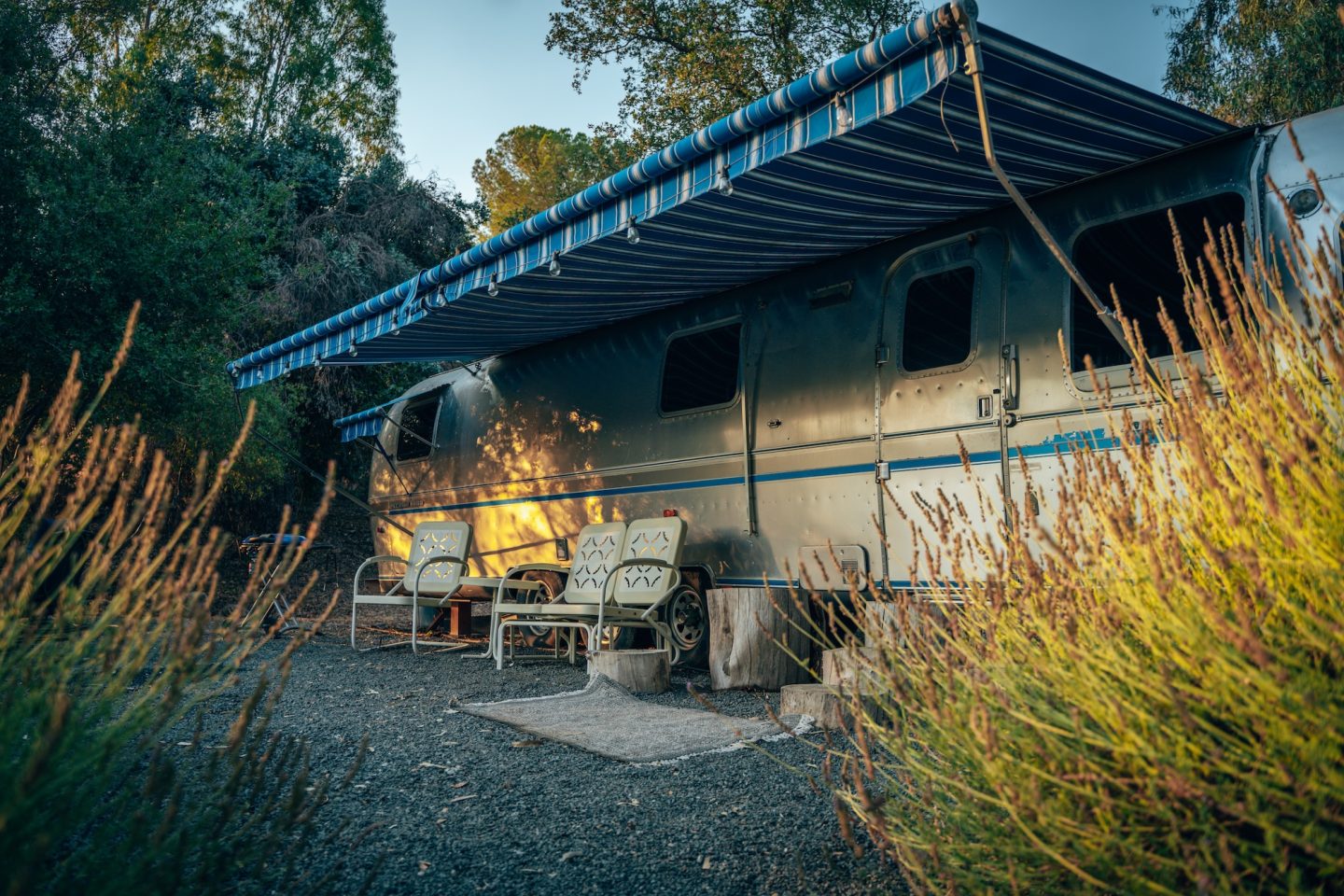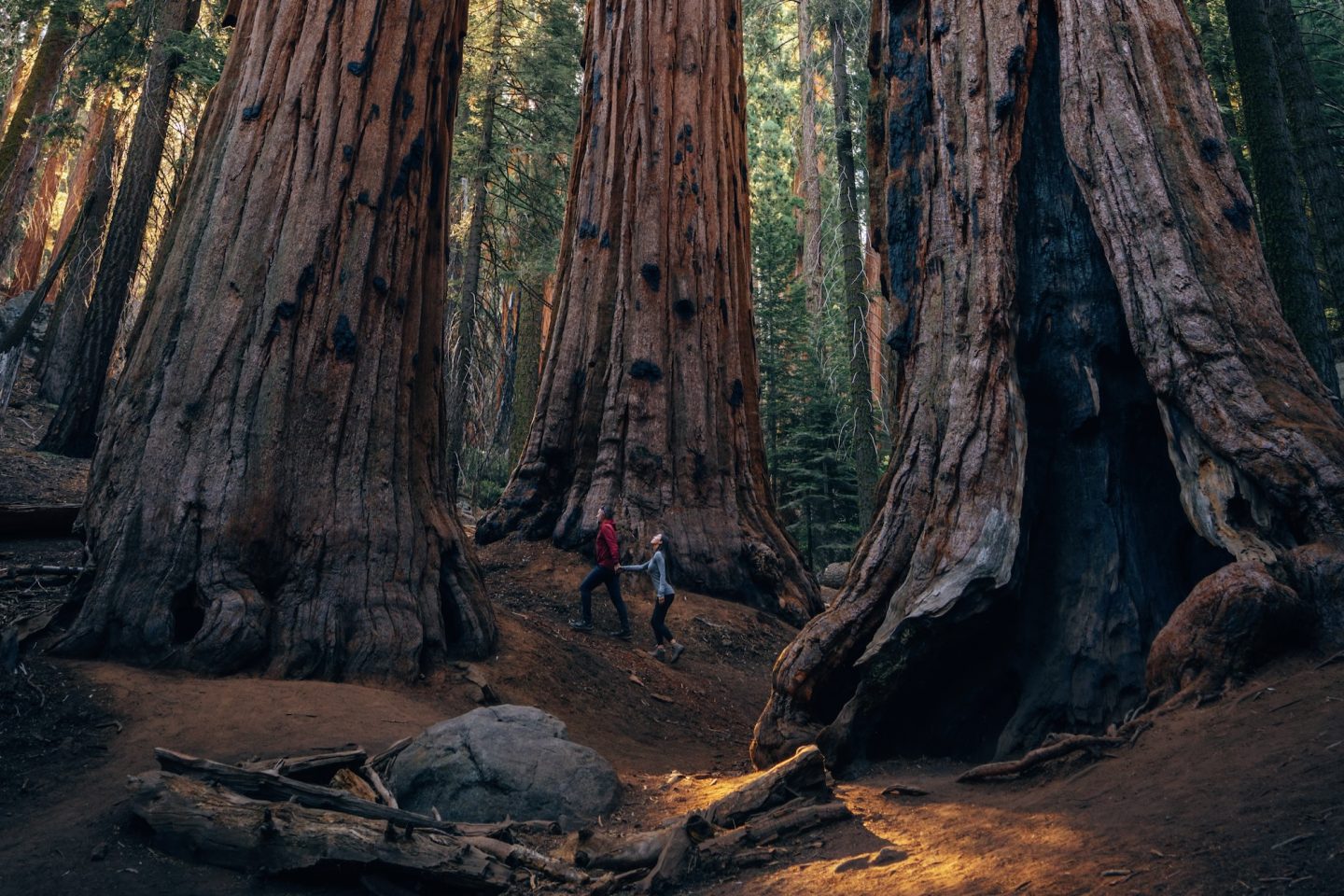
Nestled in California’s southern Sierra Nevada, Sequoia National Park captivates visitors with towering trees, stunning landscapes, and rich history. Short on time? Don’t worry, you can still experience the park’s iconic features, from walking among giant sequoias to enjoying breathtaking panoramic views. This guide will help you make the most of one day in Sequoia National Park with an itinerary that balances adventure, sightseeing, and relaxation.
SEQUOIA NATIONAL PARK IN CALIFORNIA
Sequoia National Park, is renowned for its towering giant sequoia trees, some of the largest and oldest living organisms on Earth. Established in 1890, the park is home to the iconic General Sherman Tree, the world’s largest by volume, and offers breathtaking landscapes with alpine peaks, deep canyons, and vast wilderness areas. Along with neighboring Kings Canyon National Park, it forms part of the Sierra Nevada’s rich ecosystem, supporting diverse wildlife such as black bears, mule deer, and mountain lions.
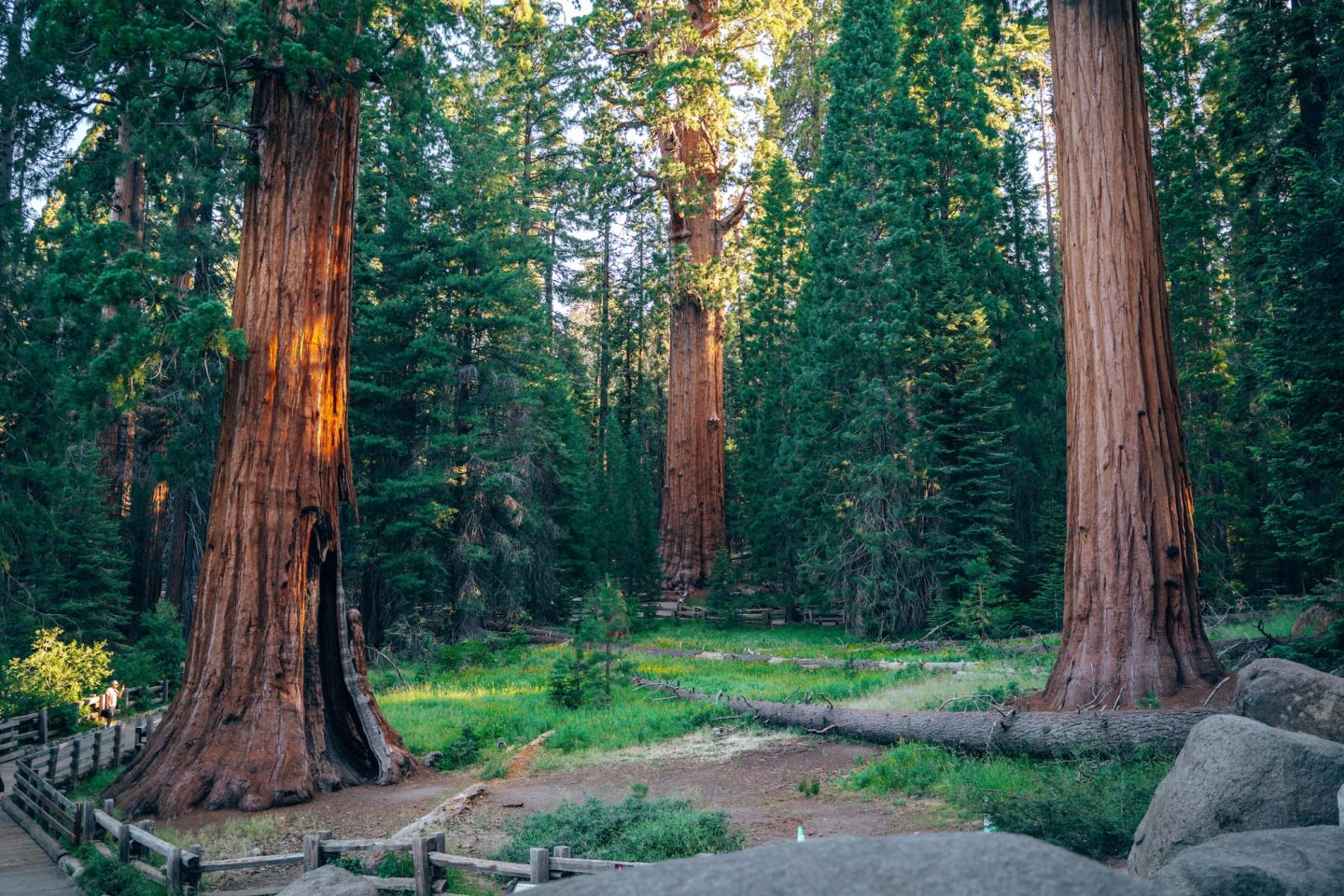
The park’s high elevation, ranging from 1,300 to over 14,000 feet, provides visitors with opportunities for a variety of activities, including hiking, rock climbing, and camping. Popular trails like the Moro Rock Trail and the Congress Trail offer stunning views of the surrounding landscape. Visitors can also explore the park’s underground features in Crystal Cave, a marble cavern filled with stalactites and stalagmites. Sequoia National Park is not only a sanctuary for ancient trees but also a place of dramatic natural beauty and outdoor adventure.
BEST TIME TO VISIT SEQUOIA NATIONAL PARK
Before diving into how to spend one day in Sequoia National Park, let’s discuss the best time to visit, as seasonal challenges like snow and ice often cause road closures from fall to spring! The best time to visit Sequoia National Park depends on the experience you want, with unique attractions each season.
SEASONAL ROAD CLOSURES & REQUIREMENTS
Seasonal closures and road requirements in Sequoia National Park are largely determined by weather conditions, particularly during fall and winter months when snow and ice are common. In fall (September to November), some areas begin to close as temperatures drop. Higher-elevation roads such as Mineral King Road usually close by late October, and certain campgrounds and facilities may also shut down for the season. Late fall can bring early snowfall, so tire chains may be required, especially on roads like the Generals Highway, which connects the main areas of the park. It’s important to check weather and road conditions before heading out, as snowfall can be unpredictable.
Winter (December to February) brings significant closures, as snow and ice make many areas of the park inaccessible. Roads like Crescent Meadow Road and Sherman Tree Road often close, along with high-elevation areas like Mineral King and Crystal Cave. However, lower-elevation areas, including the Giant Forest, remain open, offering opportunities for winter activities like snowshoeing and cross-country skiing. During winter, tire chains are mandatory, even for 4WD vehicles, and are often required from November through April due to snow and icy conditions on roads like the Generals Highway.
In spring (March to May), snow begins to melt at lower elevations, but many high-elevation areas and roads remain closed until late May. Roads such as the Mineral King Road typically open in late spring, and some trails may still be muddy or snowy at higher elevations. Early spring visitors may encounter snow on the roads, especially at higher altitudes. So it’s important to be prepared with tire chains, which may be required in some areas.
VISITING SEQUOIA NATIONAL PARK DURING THE SUMMER
During summer (June to August), the park is fully open, with clear roads and all trails accessible. This is the best time for outdoor activities like hiking, camping, and sightseeing, as road closures are rare, and no special equipment is needed for driving. However, because summer is peak season, popular areas may be crowded, especially near major attractions like the General Sherman Tree.
When you visit, is ultimately up to you on what type of experience you are looking for. If you want to avoid road closures and chain requirements all together, summer is your best bet. If you want to see Sequoia National Park’s giant sequoia trees with snow on the ground, fall or late spring are your best options. But be prepared for chain requirements, possible road closures, and longer hikes, as some trailheads may be inaccessible.
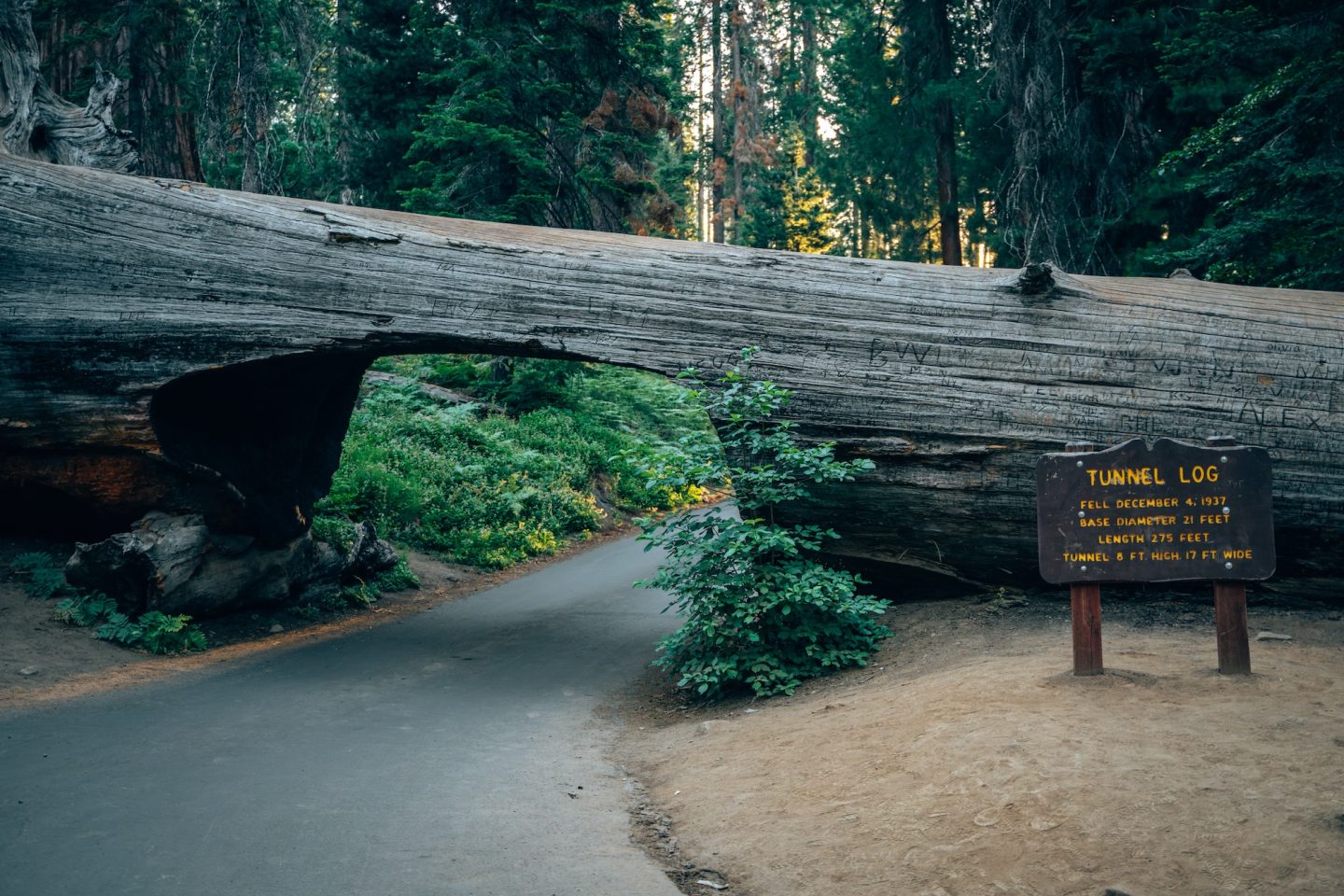
WHERE TO STAY IN SEQUOIA NATIONAL PARK
Where you stay when visiting Sequoia National Park ultimately depends on where you’re coming from, and the specific activities you plan to do. Below, we’ll outline options both inside and outside the park. Our top recommendation is to stay in Three Rivers, which we’ll cover shortly.
WHERE TO STAY INSIDE SEQUOIA NATIONAL PARK
Sequoia National Park offers a variety of lodging options within the park, catering to different preferences and budgets. Whether you’re looking to stay in a rustic cabin, or camp under the stars, there are plenty of choices to enhance your visit.
Wuksachi Lodge
Located within the park, Wuksachi Lodge is the most popular accommodation option. This rustic yet comfortable lodge is near the Giant Forest, providing easy access to key attractions like the General Sherman Tree and Moro Rock. The lodge offers hotel-style rooms, a restaurant, and scenic views of the Sierra Nevada mountains. It’s an ideal choice for those wanting modern amenities close to the action.
Camping in Sequoia
For those who prefer a more immersive nature experience, there are several campgrounds within Sequoia National Park. Popular campgrounds like Lodgepole and Dorst Creek provide tent and RV camping, and they’re situated near key attractions. Lodgepole is especially convenient, located near the Giant Forest and visitor center. These sites often fill up quickly, so reservations are recommended during the summer months.
WHERE TO STAY OUTSIDE SEQUOIA NATIONAL PARK
Outside of the park, there are a number of towns and cities that offer more comfortable lodging options, whether you’re looking for a budget hotel or a unique Airbnb. But our recommendation, is to stay in the town of Three Rivers. This quaint little town is the true gateway to Sequoia National Park, being located just 3 miles from the park’s southern entrance. And if you stay at the Gateway Restaurant and Lodge, it is literally a 2 minute drive from your hotel room to the park entrance. You don’t get much closer and more convenient than that! So here’s a few options:
Gateway Restaurant and Lodge
Minutes from Sequoia National Park’s entrance, the Gateway Restaurant and Lodge offers rustic lodging with scenic views and direct river access along the Kaweah River. The lodge offers rooms and cottages, some equipped with kitchenettes. The on-site restaurant serves American cuisine, including seafood, steaks, and more. It’s known for its outdoor seating overlooking the river, making it an ideal spot for a meal after a day of hiking. The bar offers a wide selection of whiskeys and vodkas, contributing to its popularity for happy hour and casual dining.
Comfort Inn & Suites Sequoia Kings Canyon
This convenient lodging option just a few miles from the Sequoia National Park entrance. It offers comfortable accommodations, including rooms with kitchenettes and suites. Amenities include free Wi-Fi, a complimentary hot breakfast, and an outdoor pool. Guests also have access to a fitness center, hot tub, and laundry facilities. Its location is ideal for families or individuals looking for affordable and easy access to Sequoia and Kings Canyon National Parks.
River Aire Airbnb
One of the selling points of Three Rivers, is the numerous Airbnb properties that are located right along the Kaweah River. Many of which provide a more private stay that includes private access to the Kaweah River. A new Airbnb property, River Aire, features a renovated Airstream with air-conditioning, stunning views, and private river access for cooling off after a day of hiking.
HOW TO SPEND ONE DAY IN SEQUOIA NATIONAL PARK
Now that we’ve covered the best time to visit and where to stay in Sequoia National Park, let’s dive into how to spend one day there!
Sequoia National Park is the fifth largest of California’s nine national parks. And many of the main activities, trails and attractions are centrally located, making it quite east to cover many of them in one day! So we’ve outlined how we spent one day Sequoia National Park ourselves:
SUNRISE AT MORO ROCK
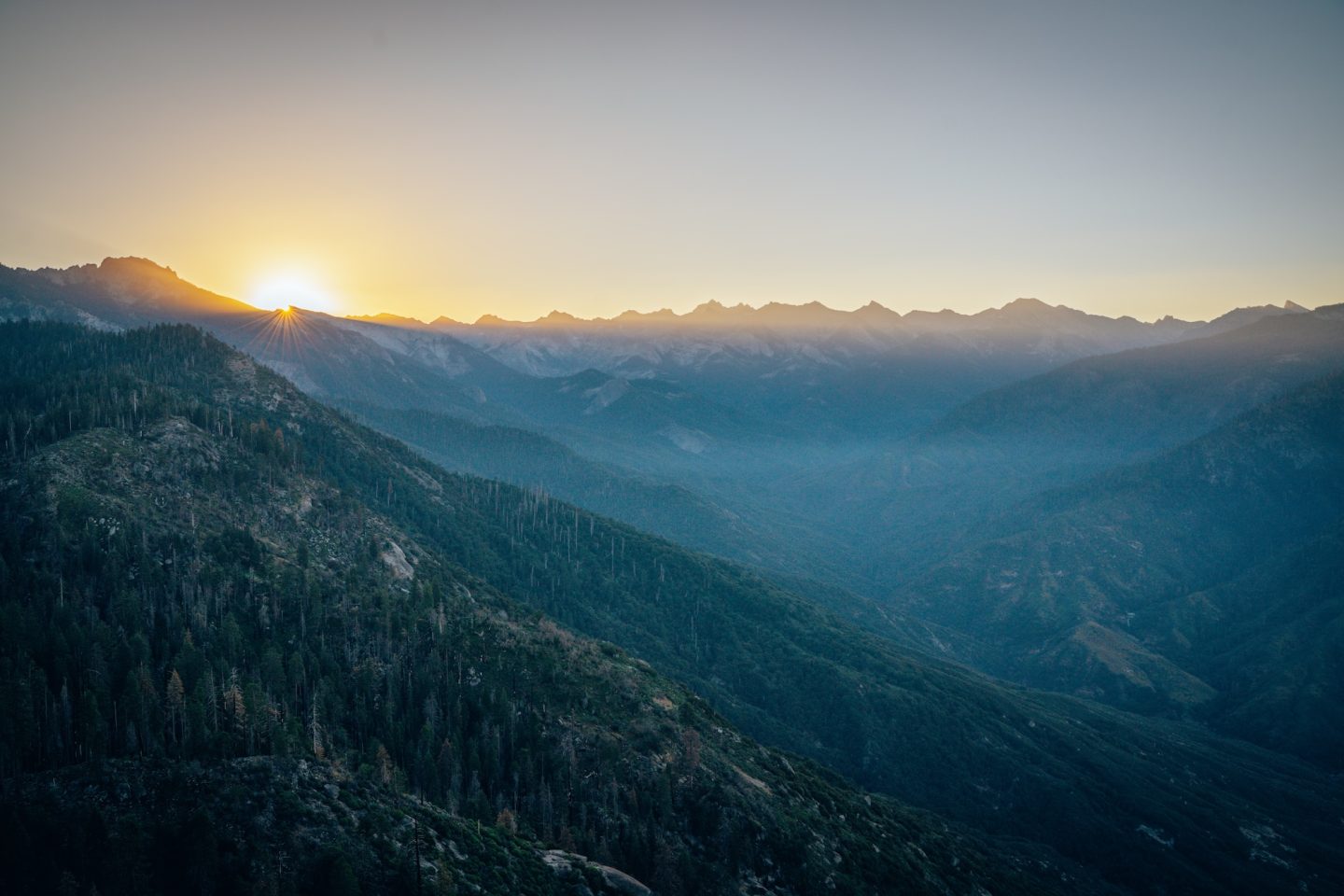
Moro Rock in Sequoia National Park offers a rewarding experience with panoramic views of the Sierra Nevada and the surrounding valleys. The hike to the summit is a short but steep 0.5-mile trail that involves climbing over 350 stone steps carved into the rock. Though the climb can be strenuous, the sweeping views at the top make it worthwhile. The trail is usually accessible from late spring through fall, and visitors should be prepared for narrow passages and exposure to heights along the way.
- DIFFICULTY – Moderate to challenging
- LENGTH – 0.5mi / 0.8km out and back
- TIME NEEDED – As long as you prefer (we’d recommend 45 min – 1 hour)
- PET FRIENDLY – NO
DRIVE (OR WALK) THROUGH THE TUNNEL LOG
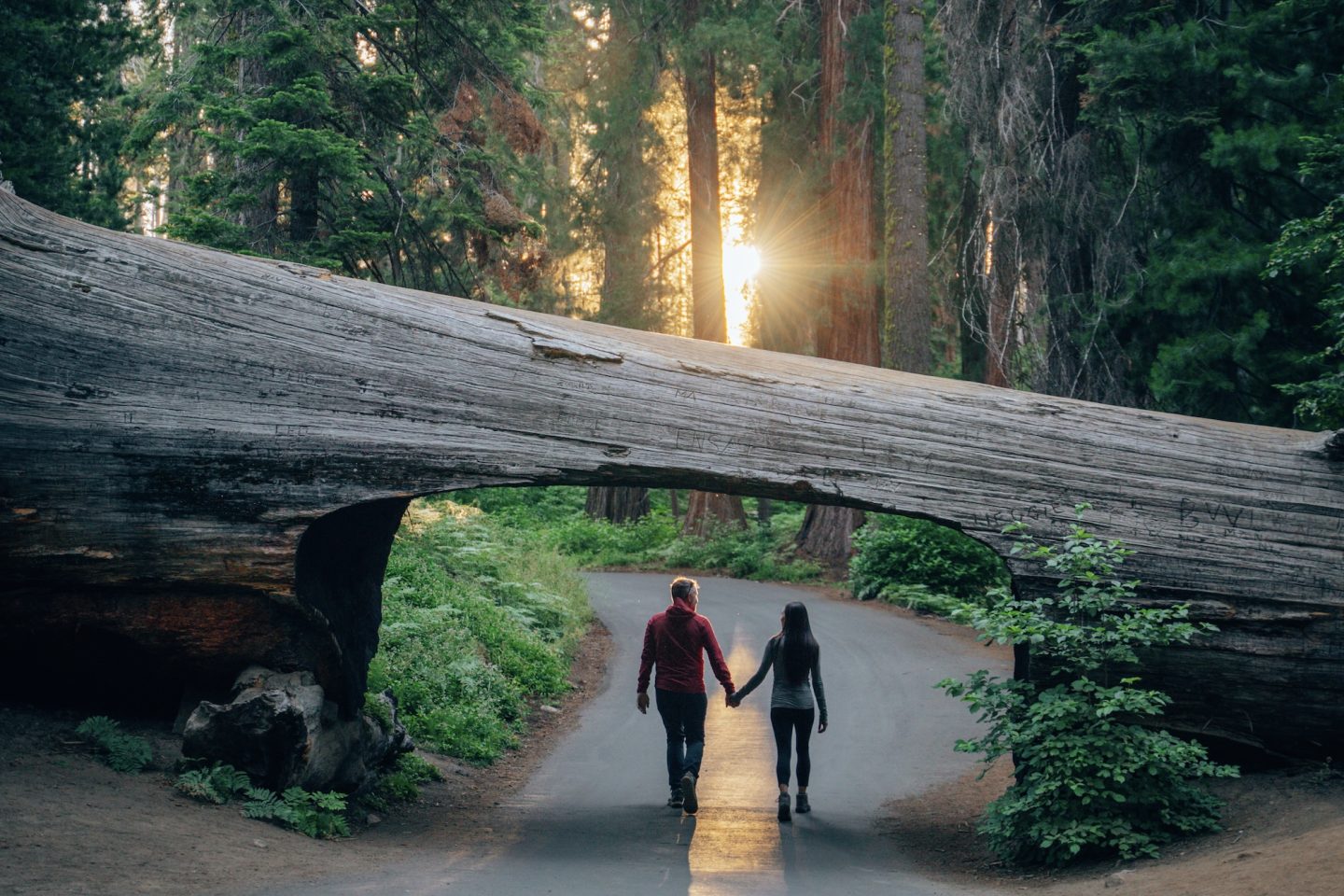
Inside the park, there is a fallen sequoia tree that serves as a unique feature allowing you to walk or drive through. The Tunnel Log, about 2,100 years old at the time, fell during a 1937 storm and blocked the park’s main road, becoming a major obstacle for travelers. In response to the obstruction, park officials decided to cut a tunnel through the fallen tree to allow vehicles to pass through. Engineers completed the tunnel in 1938, designing it to accommodate the park’s growing number of visitors. It’s not only a marvel of nature but also a testament to the park’s innovative approach to managing its natural resources and visitor experience.
CRYSTAL CAVE
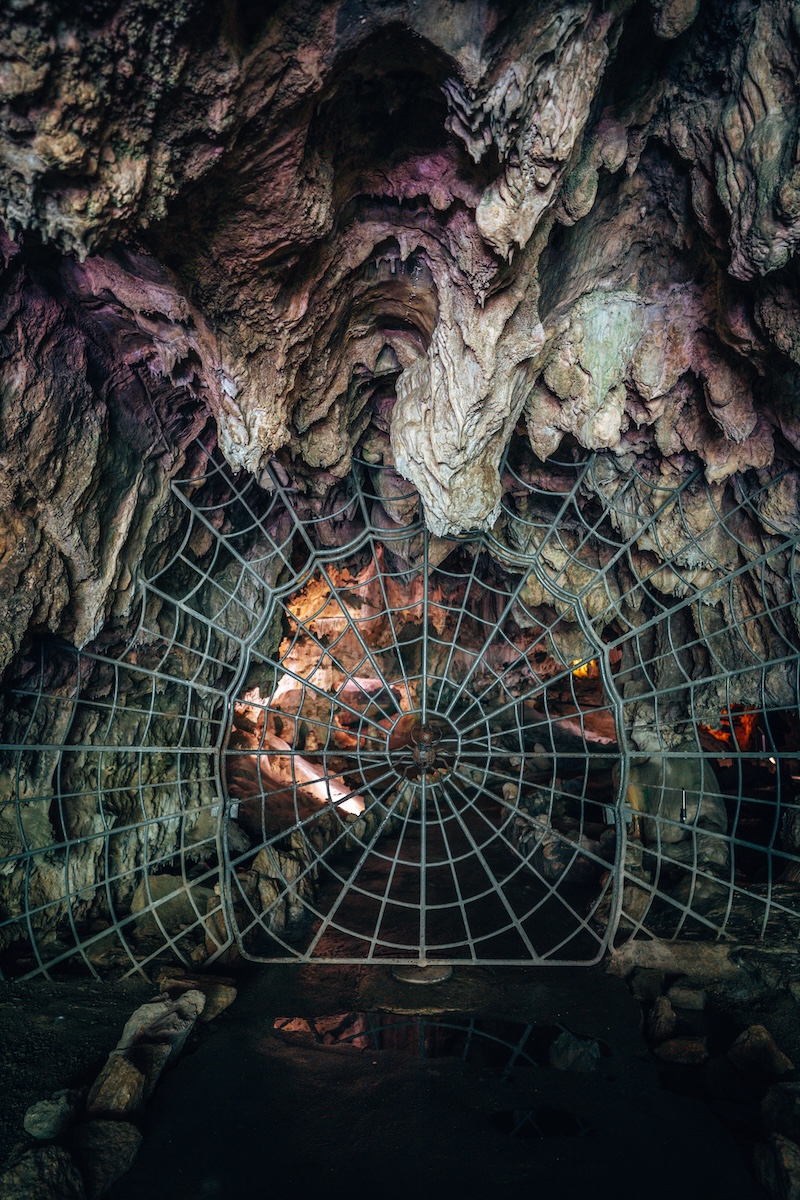
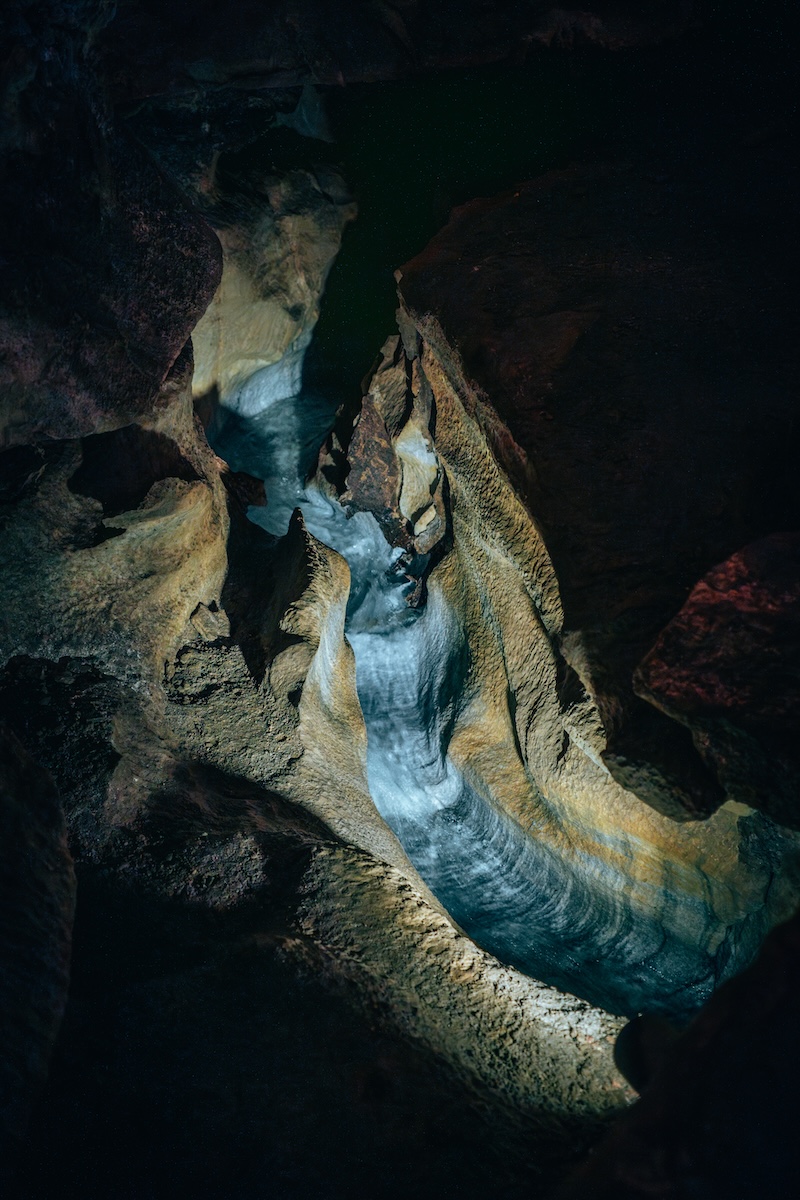

Many of the main attractions and reasons people visit Sequoia National Park, is because of the things above ground: the giant sequoias. But there are also marvels below ground worth exploring! Crystal Cave is one of Sequoia National Park’s most intriguing attractions. It offers a fascinating glimpse into the subterranean world of marble caves. Access to Crystal Cave is only possible through guided tours, which are led by trained rangers. The tours provide educational commentary about the cave’s geology, history, and formations. Inside Crystal Cave, visitors will see an array of impressive formations, including stalactites, stalagmites, and flowstones. Shimmering crystals and intricate mineral formations adorn the cave’s interior.
- DIFFICULTY – Easy
- LENGTH – 0.8mi / 1.3km out and back
- TIME NEEDED – 3 hours (1 hour drive + 2 hours hike/tour)
- PET FRIENDLY – NO
Fortunately, this cave (and the road leading to it) has just reopened to the public! Due to the pandemic, damage sustained from previous storms, and multiple wildfires, Crystal Cave had been closed for 4 years. As of May 23, 2025, you can book your tickets for this season here: Sequoia Parks Conservancy. Tickets must be booked in advance and are not sold at the cave entrance.
BIG TREES TRAIL
The Big Trees Trail is one of the popular hikes in Sequoia National Park, offering visitors a chance to experience the grandeur of the giant sequoias up close. The trail is located in the Giant Forest area of Sequoia National Park. It’s a relatively short and accessible paved loop. At around 1.2 miles long, it’s suitable for most visitors, including families, those with limited mobility and those looking for a leisurely walk. The main attraction of the trail is, of course, the giant sequoias. The trail passes through a forest of these majestic trees, allowing visitors to marvel at their immense size and age. Some of the trees along the trail are among the largest and oldest living things on Earth.
- DIFFICULTY – Easy
- LENGTH – 1.2mi / 2km loop
- TIME NEEDED – 30-45 minutes
- PET FRIENDLY – NO
CONGRESS TRAIL & GENERAL SHERMAN
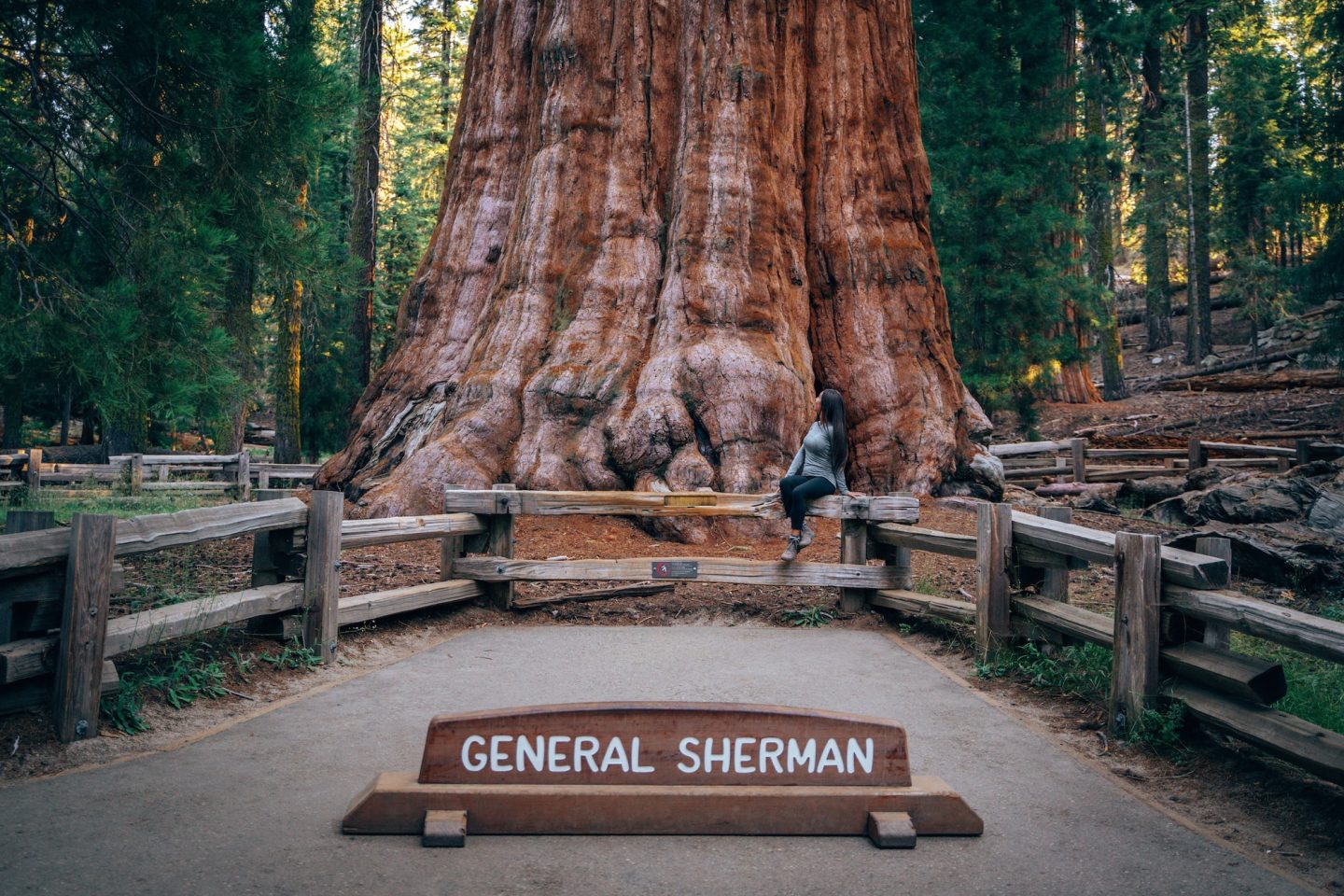
The Congress Trail is a scenic loop hike in Sequoia National Park, offering a deeper exploration of the Giant Forest, where many of the park’s most famous sequoias are located. The Congress Trail starts near the General Sherman Tree, one of the largest trees by volume on Earth. The trail itself is about 2.7 miles long and forms a loop, making it a moderate hike suitable for most visitors. It’s a well-maintained, mostly flat, and gently sloping path that meanders through a forest of giant sequoias. It offers a bit more privacy and tranquility compared to some of the more heavily trafficked areas of the park. The trail passes through groves of massive sequoias, including some of the park’s notable trees. While it doesn’t pass directly by the General Sherman Tree, it offers views of other impressive giants such as the “Congress Group” of trees.
- DIFFICULTY – Moderate
- LENGTH – 2.9mi / 4.7km loop
- TIME NEEDED – 1.5-2 hours
- PET FRIENDLY – NO
ALTERNATE OPTIONS
TOKOPAH FALLS
Odds are by this point, you’re not looking to take on another hike. But if you are, or maybe you’d like to swap one of the other activities out for something else, then the Tokopah Falls hike is a great option! The trail offers a moderate challenge and stays well-maintained, featuring a mix of packed dirt and rocky sections. The path follows the Tokopah Creek, offering a scenic walk alongside the rushing water. The main attraction of the hike though, is Tokopah Falls itself. A beautiful 1,200-foot (366-meter) tall waterfall cascading down granite cliffs. The falls are particularly impressive in spring and early summer when the snowmelt feeds the creek.
- DIFFICULTY – Moderate to difficult
- LENGTH – 3.8mi / 6.1km out and back
- TIME NEEDED – 2-2.5 hours
- PET FRIENDLY – NO
KINGS CANYON NATIONAL PARK
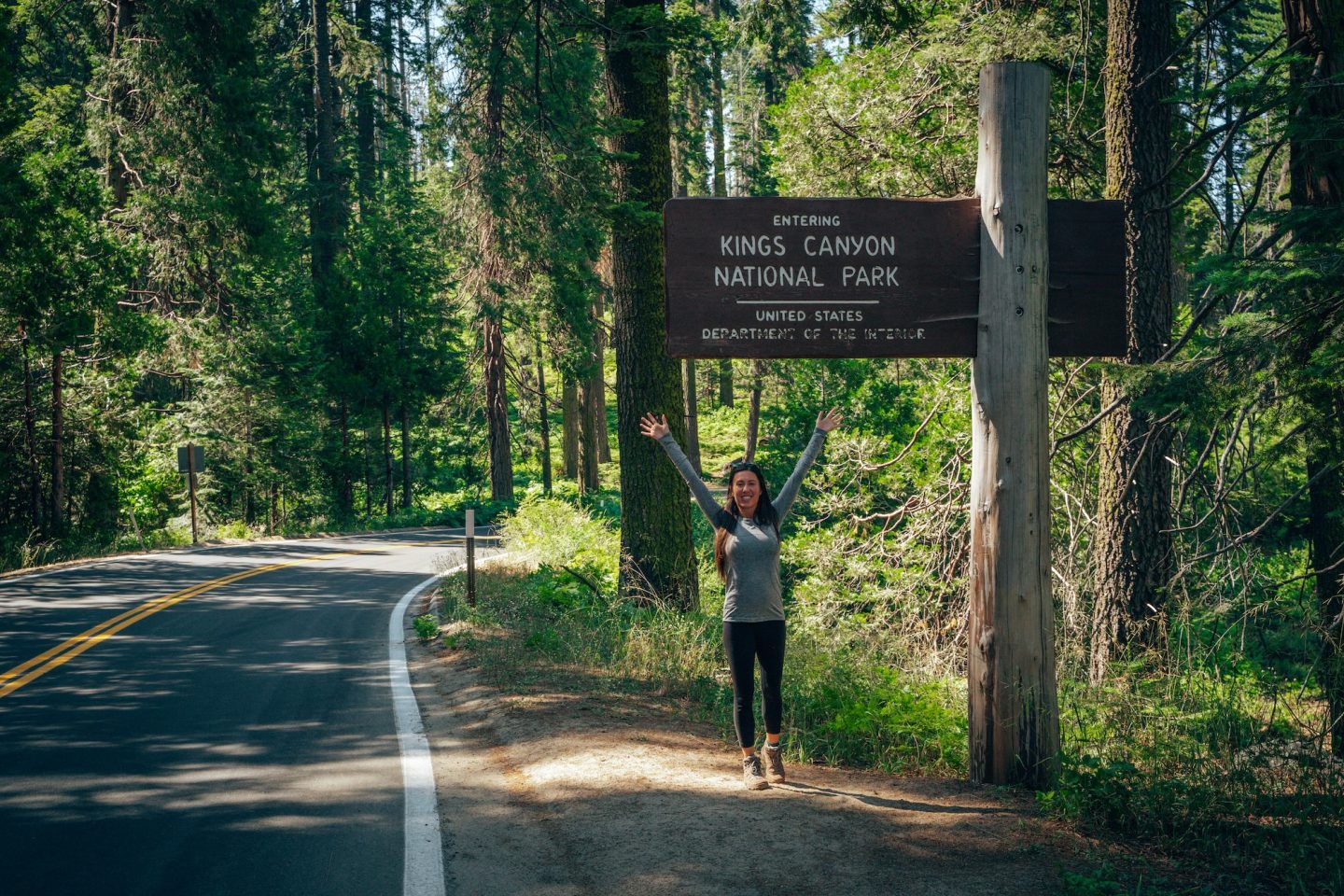
Situated directly adjacent to Sequoia National Park, is Kings Canyon National Park. Kings Canyon National Park is renowned for its stunning granite canyons, diverse ecosystems, and high mountain peaks. The park features the impressive Kings Canyon, one of the deepest canyons in North America. You’ll also find scenic vistas, alpine meadows, and ancient sequoias. And due to its closeness to Sequoia National Park, the two parks operate under one umbrella. This is why you’ll only find one national park website for both of them. In addition the canyon, you’ll also find a number of giant sequoia groves such as Grant Grove. This grove offers similar views as the Congress Trail in Sequoia National Park. So if you’re looking for a quick and simple activity, Kings Canyon is right there waiting for you!
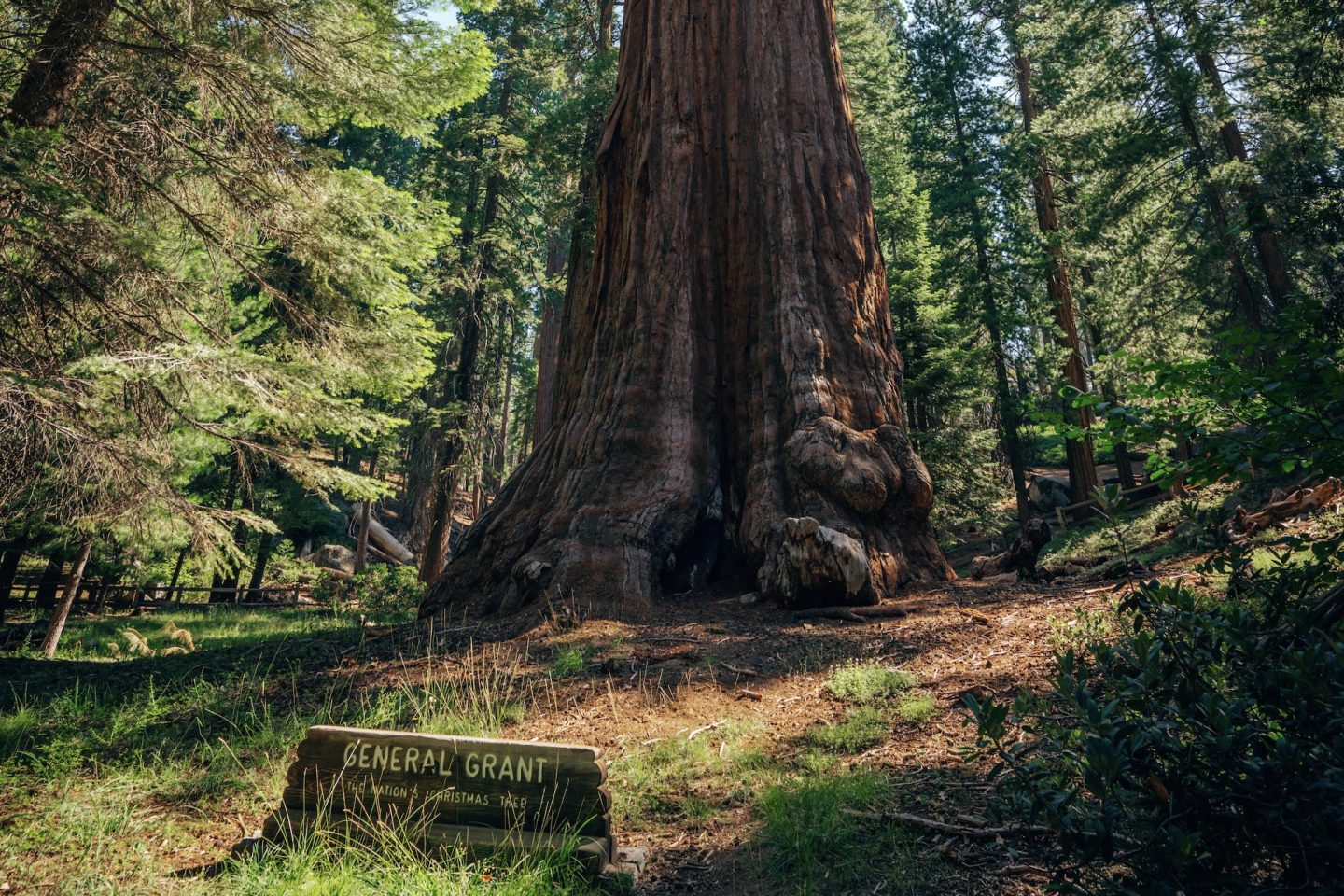
MAP OF SEQUOIA NATIONAL PARK
If you are looking or planning to visit Sequoia National Park, then this map is for you. In addition to the places we highlighted in this article, our interactive map of California also has over 450 other points of interest in California in it. With all of the location specific details and information like GPS location, dog-friendliness, cost, and more, as well as an itinerary creator, this map is the perfect trip planning companion.
Not much of a planner? No worries! We also have curated itineraries to make the planning process easier for you. And if that isn’t enough, book a call with us or have us create a custom itinerary for you! We are here to help!
HOW TO SPEND ONE DAY IN SEQUOIA NATIONAL PARK
Sequoia National Park truly is one of the most mesmerizing and magical places to visit in California. Whether you’re visiting Sequoia National Park for one day or three, we hope this article has both inspired and equipped you. As you plan your trip, we hope these insights help you create an incredible experience.
Leave a comment below to let us know what you thought, or if you have any follow-up questions!
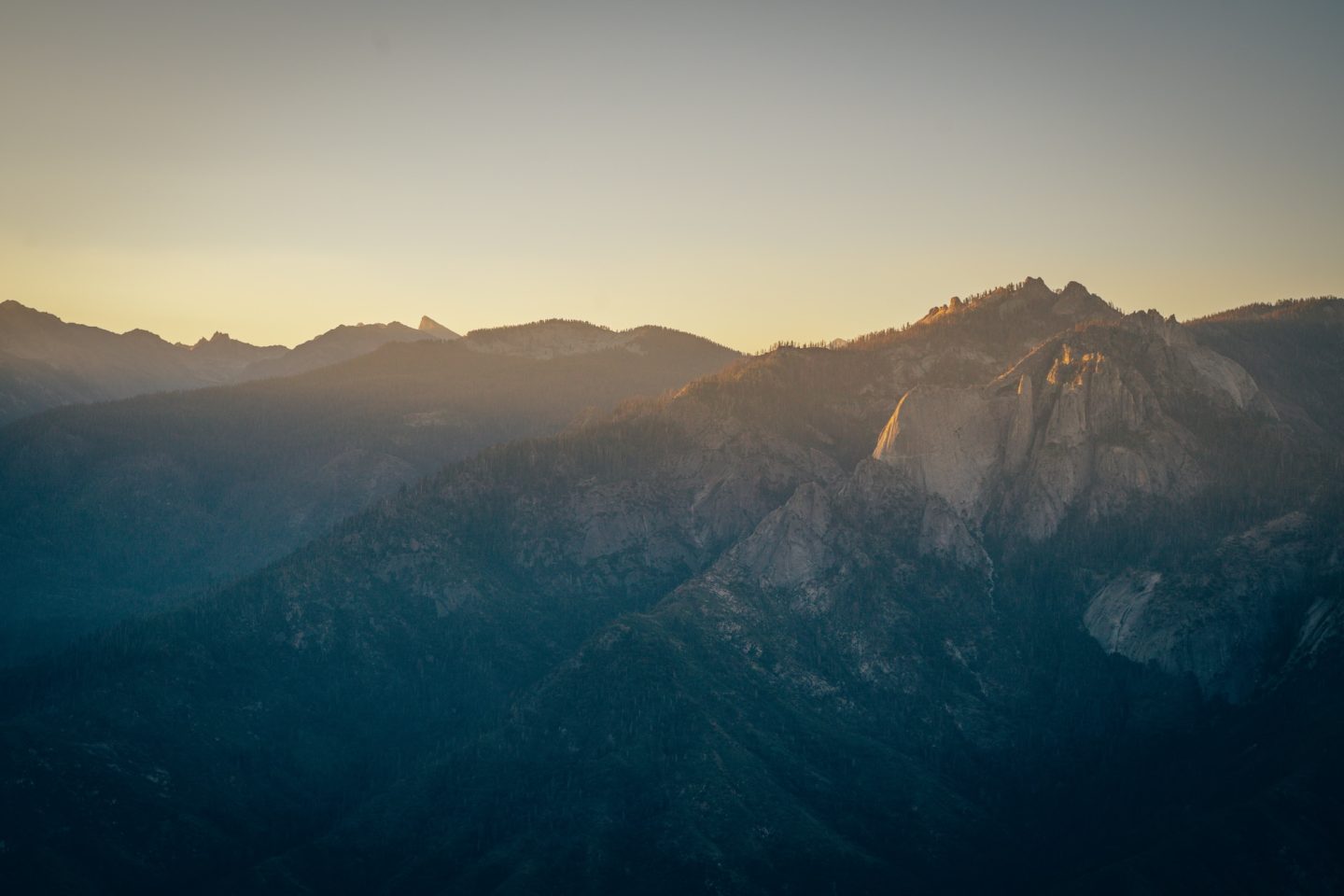
LOOKING FOR MORE CALIFORNIA INSPIRATION?
Looking for more California inspiration? Check out some of our other California blog articles!

